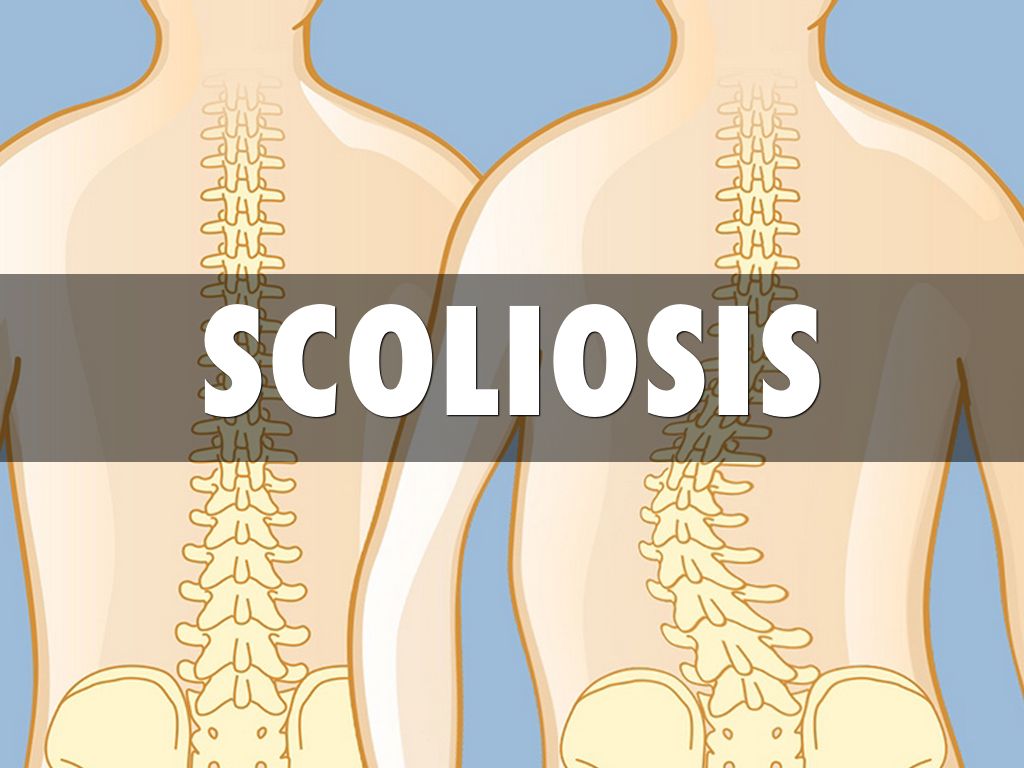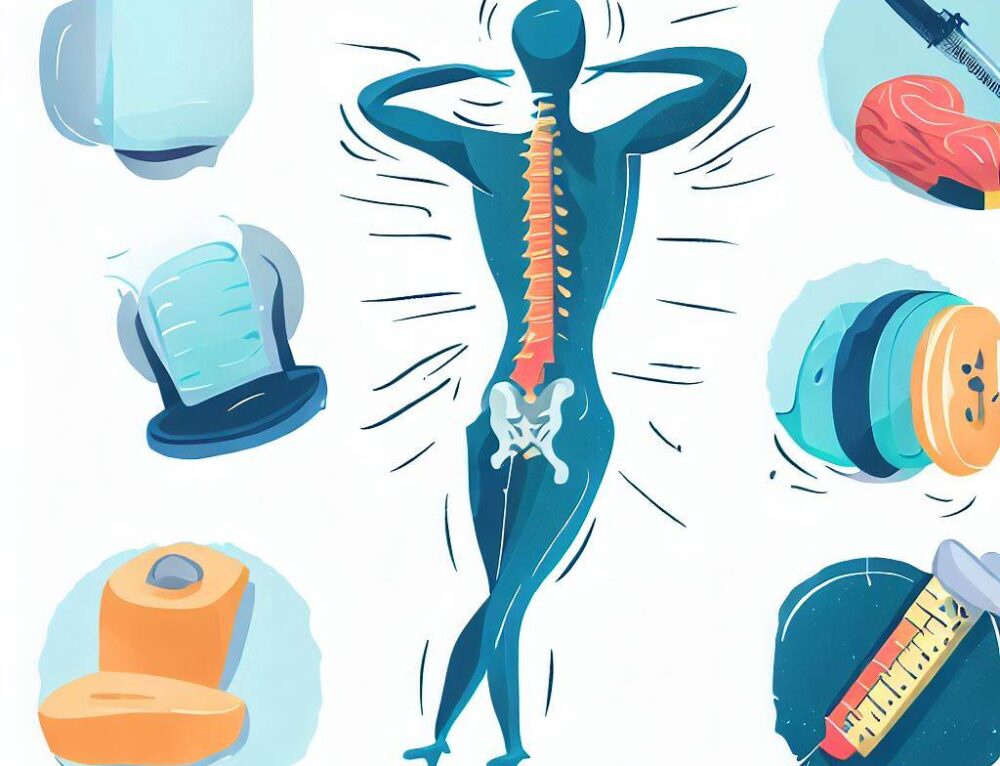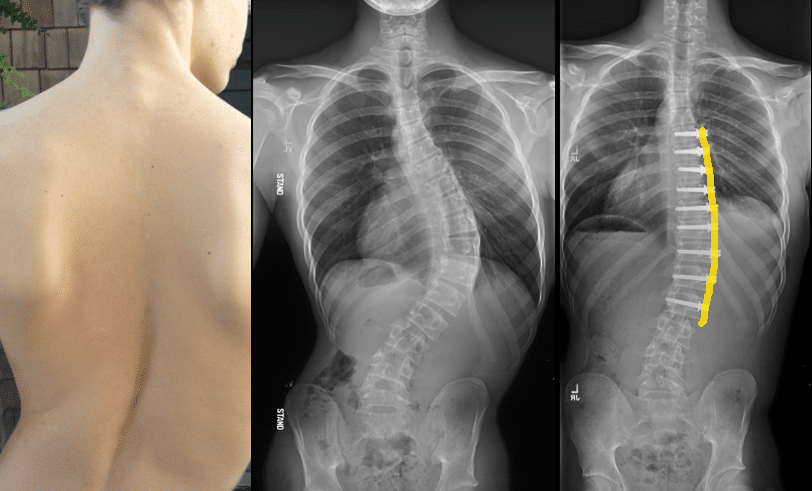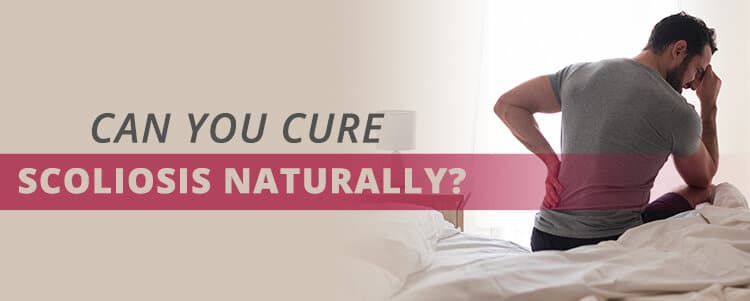Scoliosis is a condition that affects the curvature of the spine, causing it to curve sideways. While most people associate scoliosis with back pain, it can also cause discomfort in other areas of the body, including the buttocks. Buttock pain associated with scoliosis can be debilitating and affect a person’s quality of life. In this article, we will explore the connection between scoliosis and buttock pain, identify the symptoms, discuss the diagnostic process, and explore various treatment options available to manage and relieve buttock pain in scoliosis patients.

What is Scoliosis? A Brief Overview of the Condition
Scoliosis is a musculoskeletal disorder characterized by an abnormal curvature of the spine. It can occur in people of all ages, but it is most commonly diagnosed during adolescence. The exact cause of scoliosis is often unknown, but it can be influenced by factors such as genetics, muscle imbalances, and neuromuscular conditions. The severity of scoliosis can vary, ranging from mild to severe curvature of the spine.

Exploring the Connection: How Scoliosis Can Cause Buttock Pain
The relationship between scoliosis and buttock pain is complex and multifactorial. The abnormal curvature of the spine in scoliosis can lead to muscle imbalances and tension, which can cause pain and discomfort in various areas of the body, including the buttocks. The muscles surrounding the spine, such as the erector spinae and gluteal muscles, may become strained and overworked, leading to buttock pain.
Additionally, the altered alignment of the spine can put pressure on the nerves that innervate the buttock region, leading to referred pain. This referred pain can manifest as a deep ache, sharp shooting pain, or a burning sensation in the buttocks. The severity and location of the pain can vary depending on the degree and location of the spinal curvature.
Types of Buttock Pain Associated with Scoliosis: Identifying the Symptoms
Buttock pain associated with scoliosis can present in different ways, and it is important to identify the specific symptoms to determine the appropriate treatment approach. Some common types of buttock pain experienced by scoliosis patients include:
- Muscular pain: This type of pain is often described as a dull ache or tightness in the buttock muscles. It can be caused by muscle imbalances and tension resulting from the abnormal spinal curvature.
- Nerve-related pain: The altered alignment of the spine in scoliosis can put pressure on the nerves that innervate the buttock region, leading to nerve-related pain. This pain may radiate down the leg and be accompanied by numbness, tingling, or weakness.
- Sacroiliac joint dysfunction: The sacroiliac joint connects the sacrum (the triangular bone at the base of the spine) to the pelvis. In scoliosis, the abnormal curvature of the spine can affect the alignment and function of the sacroiliac joint, leading to buttock pain.
- Piriformis syndrome: The piriformis muscle is located deep in the buttock region and can become tight or inflamed in scoliosis patients. This can cause buttock pain, as well as radiating pain down the leg, similar to sciatica.
Diagnosing Buttock Pain Related to Scoliosis: Medical Evaluation and Tests
If you are experiencing buttock pain and suspect it may be related to your scoliosis, it is important to seek medical evaluation for an accurate diagnosis. A healthcare professional, such as an orthopedic specialist or a physical therapist, will conduct a thorough examination to assess your symptoms and perform various tests to determine the cause of your buttock pain.
During the medical evaluation, the healthcare professional will review your medical history, including any previous diagnoses of scoliosis or related conditions. They will also ask about the specific characteristics of your buttock pain, such as the location, intensity, and duration. Additionally, they may inquire about any activities or positions that exacerbate or alleviate the pain.
Physical examination is an essential part of the diagnostic process. The healthcare professional will assess your posture, spinal alignment, and range of motion. They may also perform specific tests to evaluate muscle strength, flexibility, and nerve function. These tests can help identify any muscle imbalances, nerve compression, or joint dysfunction that may be contributing to your buttock pain.
In some cases, imaging tests may be necessary to further evaluate the spine and surrounding structures. X-rays can provide detailed images of the spinal curvature and any associated abnormalities. Magnetic resonance imaging (MRI) may be recommended to assess the soft tissues, such as the muscles, nerves, and joints, in more detail.

Treatment Options for Buttock Pain in Scoliosis Patients: A Comprehensive Approach
The treatment of buttock pain associated with scoliosis typically involves a comprehensive approach that addresses the underlying causes and provides pain relief. The specific treatment options will depend on the severity of the scoliosis, the type and intensity of the buttock pain, and the individual’s overall health and preferences. Some common treatment options include:
Medications for Managing Buttock Pain: Pain Relief and Anti-inflammatory Options
Medications can be used to manage and relieve buttock pain in scoliosis patients. Nonsteroidal anti-inflammatory drugs (NSAIDs), such as ibuprofen or naproxen, can help reduce inflammation and alleviate pain. These medications are available over-the-counter or can be prescribed by a healthcare professional.
In some cases, stronger pain medications, such as opioids, may be prescribed for short-term pain relief. However, these medications should be used with caution due to their potential for dependence and side effects. It is important to follow the healthcare professional’s instructions and use these medications only as prescribed.
Muscle relaxants may also be prescribed to relieve muscle spasms and tension in the buttock region. These medications work by reducing muscle contractions and promoting relaxation. However, they can cause drowsiness and should be used with caution, especially when driving or operating machinery.
Physical Therapy and Exercise: Strengthening and Stretching for Buttock Pain Relief
Physical therapy is an essential component of the treatment plan for buttock pain in scoliosis patients. A physical therapist will design a personalized exercise program to address muscle imbalances, improve flexibility, and strengthen the muscles supporting the spine and buttocks.
Stretching exercises can help alleviate muscle tightness and improve flexibility. The physical therapist may recommend specific stretches targeting the buttock muscles, such as the gluteus maximus and piriformis muscles. These stretches can be performed at home and should be done regularly to maintain flexibility and prevent further muscle imbalances.
Strengthening exercises focus on improving the stability and strength of the muscles supporting the spine and buttocks. The physical therapist may prescribe exercises that target the core muscles, such as the abdominals and back extensors, as well as the gluteal muscles. These exercises can be performed using bodyweight, resistance bands, or weights, depending on the individual’s capabilities and goals.
In addition to stretching and strengthening exercises, the physical therapist may incorporate other modalities, such as heat or cold therapy, ultrasound, or electrical stimulation, to provide pain relief and promote healing. They will also educate the patient on proper body mechanics and posture to prevent further strain on the spine and buttocks.
Alternative Therapies for Buttock Pain: Exploring Complementary Approaches
In addition to conventional treatments, some scoliosis patients may find relief from buttock pain through alternative therapies. These therapies focus on holistic approaches to promote overall well-being and pain management. While the evidence supporting their effectiveness is limited, some individuals may experience benefits from these complementary approaches.
Acupuncture is a traditional Chinese medicine technique that involves the insertion of thin needles into specific points on the body. It is believed to stimulate the body’s natural healing processes and promote pain relief. Some scoliosis patients have reported reduced buttock pain and improved overall well-being with acupuncture.
Chiropractic care involves manual manipulation of the spine to improve alignment and relieve pain. A chiropractor may use various techniques, such as spinal adjustments, mobilization, or soft tissue manipulation, to address the underlying causes of buttock pain in scoliosis patients. However, it is important to consult with a healthcare professional before seeking chiropractic care, as it may not be suitable for everyone.
Massage therapy can help relax tight muscles, improve circulation, and reduce pain. A skilled massage therapist can target the buttock muscles and surrounding areas to alleviate tension and promote relaxation. However, it is important to choose a massage therapist who is experienced in working with scoliosis patients to ensure safe and effective treatment.
Lifestyle Modifications: Adjustments to Daily Activities for Buttock Pain Relief
Making certain lifestyle modifications can also help manage and relieve buttock pain associated with scoliosis. These modifications aim to reduce strain on the spine and buttocks and promote overall well-being. Some lifestyle modifications that may be beneficial include:
- Maintaining good posture: Proper posture can help distribute the forces on the spine more evenly and reduce strain on the buttock muscles. It is important to be mindful of your posture throughout the day, whether sitting, standing, or walking.
- Using ergonomic furniture: Investing in ergonomic furniture, such as an adjustable chair or standing desk, can help support proper posture and reduce strain on the spine and buttocks. These adjustments can promote comfort and reduce the risk of exacerbating buttock pain.
- Avoiding prolonged sitting or standing: Prolonged sitting or standing can put excessive pressure on the buttock muscles and worsen pain. It is important to take regular breaks and change positions frequently to relieve pressure and promote circulation.
- Engaging in low-impact activities: High-impact activities, such as running or jumping, can exacerbate buttock pain in scoliosis patients. Engaging in low-impact activities, such as swimming or cycling, can provide cardiovascular exercise without putting excessive strain on the spine and buttocks.
- Using supportive footwear: Wearing supportive footwear with proper arch support can help maintain proper alignment and reduce strain on the spine and buttocks. It is important to choose shoes that provide cushioning and stability to promote comfort and reduce pain.
Surgical Interventions for Buttock Pain in Scoliosis: When is Surgery Recommended?
In severe cases of scoliosis where conservative treatments have failed to provide relief, surgical intervention may be considered to address the underlying spinal curvature and alleviate buttock pain. Surgery is typically reserved for cases where the curvature is greater than 40-50 degrees or when the pain is significantly impacting the individual’s quality of life.
There are various surgical procedures available to treat scoliosis, including spinal fusion and instrumentation. Spinal fusion involves fusing the vertebrae together to stabilize the spine and correct the curvature. Instrumentation, such as rods, screws, or wires, may be used to support the spine during the fusion process.
While surgery can provide significant pain relief and improve spinal alignment, it is not without risks. Potential complications include infection, nerve damage, blood loss, and failure of the fusion. It is important to have a thorough discussion with a healthcare professional to weigh the potential benefits and risks before considering surgical intervention.
Conclusion: Living with Scoliosis and Managing Buttock Pain
Living with scoliosis can be challenging, especially when buttock pain is present. However, with proper diagnosis and a comprehensive treatment approach, it is possible to manage and relieve buttock pain associated with scoliosis. By understanding the relationship between scoliosis and buttock pain, identifying the symptoms, and exploring various treatment options, individuals can find relief and improve their quality of life.
It is important to consult with a healthcare professional, such as an orthopedic specialist or a physical therapist, to receive an accurate diagnosis and develop an individualized treatment plan. This may include medications, physical therapy, alternative therapies, lifestyle modifications, or, in severe cases, surgical intervention. By taking a proactive approach to managing buttock pain, individuals with scoliosis can regain control over their lives and find relief from discomfort.
References
- Weinstein SL, Dolan LA, Cheng JC, et al. “Adolescent idiopathic scoliosis.” Lancet. 2008;371(9623):1527-1537. doi: 10.1016/S0140-6736(08)60658-3.
- Negrini S, Donzelli S, Aulisa AG, et al. “2016 SOSORT guidelines: Orthopaedic and rehabilitation treatment of idiopathic scoliosis during growth.” Scoliosis and Spinal Disorders. 2018;13:3. doi: 10.1186/s13013-018-0175-8.
- Trobisch P, Suess O, Schwab F. “Idiopathic scoliosis.” Dtsch Arztebl Int. 2010;107(49):875-883. doi: 10.3238/arztebl.2010.0875.
- Hresko MT. “Clinical practice. Idiopathic scoliosis in adolescents.” N Engl J Med. 2013;368(9):834-841. doi: 10.1056/NEJMcp1209063.
- Bettany-Saltikov J, Weiss HR, Chockalingam N, et al. “Surgical versus non-surgical interventions in people with adolescent idiopathic scoliosis.” Cochrane Database Syst Rev. 2015;2015(4). doi: 10.1002/14651858.CD010663.pub2.
- Social Security Administration. “Disability Benefits.”
- Lonstein JE, Carlson JM. “The prediction of curve progression in untreated idiopathic scoliosis during growth.” J Bone Joint Surg Am. 1984;66(7):1061-1071. doi: 10.2106/00004623-198466070-00008.
- Kaspiris A, Grivas TB, Weiss HR, Turnbull D. “Scoliosis: Review of diagnosis and treatment.” International Journal of Orthopaedics. 2013;37(1):34-42. doi: 10.1038/s41390-020-1047-9.
- Monticone A, Ambrosini A, Rocca B, Ferrante S. “Effectiveness of a specific exercise program for the treatment of adolescent idiopathic scoliosis: A randomized controlled trial.” Scoliosis and Spinal Disorders. 2019;14:23. doi: 10.1186/s13013-019-0578-0.

